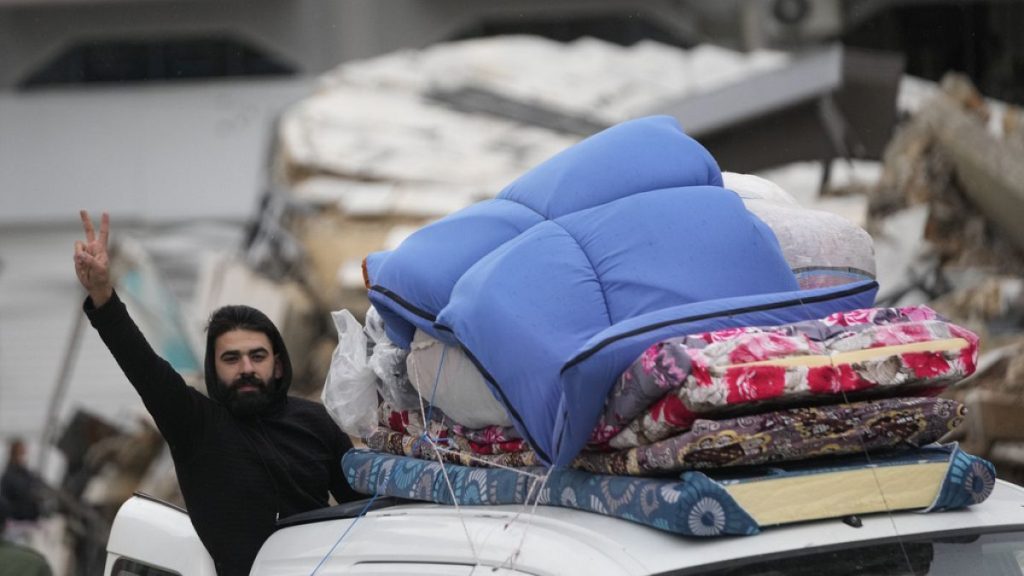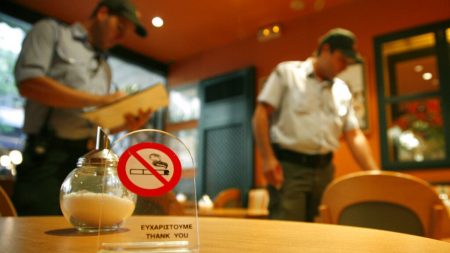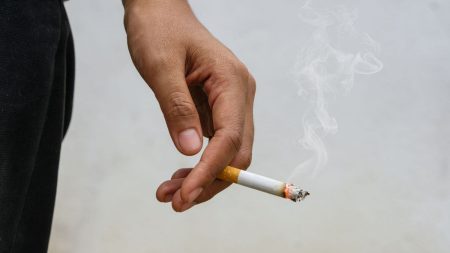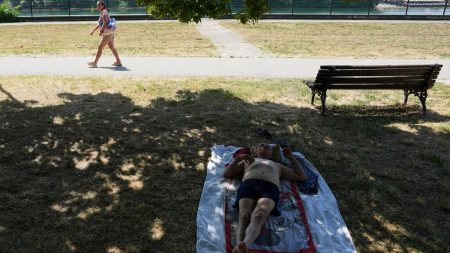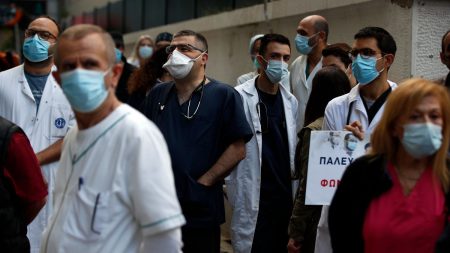As Lebanon emerges from a devastating period characterized by intense violence and upheaval, the country’s healthcare system grapples with immense challenges. According to officials, some hospitals in Lebanon might resume operations in a matter of weeks, yet others are projected to require several months for repairs. The World Health Organization (WHO), led by Dr. Tedros Adhanom Ghebreyesus, has highlighted the significant health needs of the Lebanese population, which are expected to escalate further in the coming months. Following the ceasefire agreement between Israel and Lebanon allowing for a brief pause in hostilities, thousands of displaced individuals are now contemplating a return to their homes in regions that have been heavily bomb bombarded.
Despite these promising developments, there remains uncertainty regarding the sustainability of peace. The ceasefire has been fragile, particularly with accusations against the Lebanese militant group Hezbollah for allegedly violating the terms. The situation on the ground is dire, with reports detailing 158 attacks on healthcare facilities since the conflict’s escalation in October. Such attacks have severely hindered healthcare access, resulting in 241 deaths and nearly 300 injuries among healthcare personnel. WHO data indicates that the extensive bombing campaign, especially in southern Lebanon targeting Hezbollah, has contributed to a staggering death toll exceeding 3,760, alongside significant casualties in Israel.
The massive disruption to Lebanon’s healthcare services is compounded by the fact that many health workers themselves are among the displaced. This complicates the task of rebuilding a system already strained by years of conflict and economic instability. WHO officials emphasize the urgency of assessing the damage to hospitals and primary health centers in order to facilitate a swift return to operations. Preliminary assessments reveal that nearly 10 percent of hospitals in Lebanon are damaged, necessitating urgent intervention to restore services for returning residents.
Among the facilities assessed, four hospitals located in and around the capital of Beirut are identified as potential candidates for reopening within the next month, provided the ceasefire holds. However, many healthcare facilities sustained extensive damage that precludes rapid rehabilitation. In recognition of this, WHO’s acting representative in Lebanon, Dr. Abdinasir Abubakar, has outlined a backup plan incorporating mobile clinics to provide healthcare services to the displaced population. Ensuring critical health services while aiming for a gradual return to full operational capacity remains paramount in the organization’s strategy.
The challenges facing Lebanon’s healthcare system are exacerbated by worsening humanitarian conditions as winter approaches. Aid missions are becoming increasingly impeded, and crucial supplies such as fuel and medicines are dwindling. In light of these intensifying difficulties, WHO officials have pressed for not only an enduring ceasefire but also a broader resolution to the ongoing conflict that encompasses Gaza, where prolonged violence has resulted in staggering casualties among the Palestinian population.
In closing, Dr. Tedros has emphasized that sustainable solutions for Lebanon extend beyond immediate humanitarian aid; rather, they necessitate a lasting peace agreement. The path forward requires concerted efforts from global health authorities, local governments, and communities to ensure that the healthcare system can recover in the wake of the devastating conflict while addressing the broader needs of the population who have endured the upheaval. The immediate focus remains on restoring essential health services as the country cautiously navigates its complex landscape marked by fragility and uncertainty.




